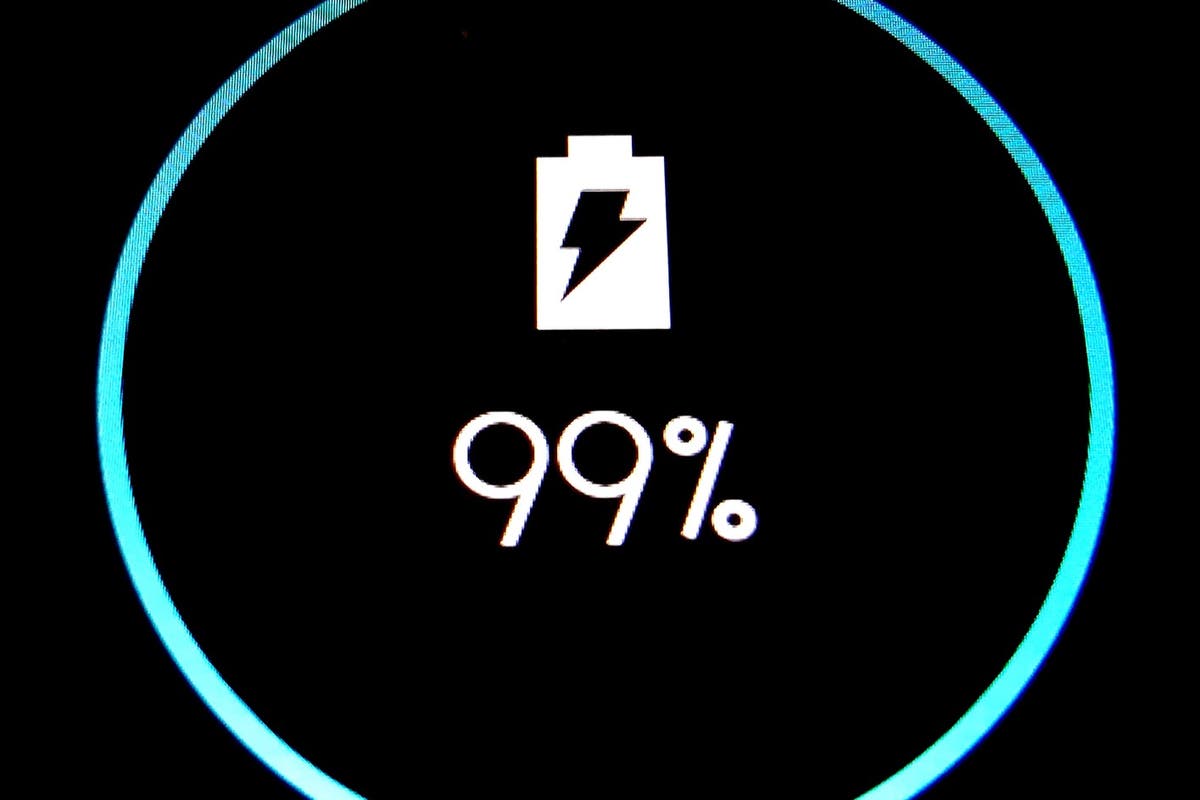Scientists have developed a new battery that can be charged in minutes and last longer than current technologies.
The research team behind the novel design, who are based at Harvard University’s School of Engineering and Applied Sciences (SEAS) in the US, claim their solid-state cell could revolutionise electric cars and smartphones by significantly increasing their range and capacity while simultaneously reducing charging times.
“Lithium metal anode batteries are considered the holy grail of batteries because they have 10 times the capacity of commercial graphite anodes and could drastically increase the driving distance of electric vehicles,” said Xin Li, an associate professor of materials science at SEAS.
“Our research is an important step toward more practical solid state batteries for industrial and commercial applications.”
Their research focussed on lithium metal anode batteries, which have vastly superior capacities but until now have proved too unstable for practical use.
Charging this type of battery can result in them shorting or even catching fire due to a process called plating. The team were able to overcome this issue by using micron-sized silicon particles placed in the battery’s anode.
“In our design, lithium metal gets wrapped around the silicon particle, like a hard chocolate shell around a hazelnut core in a chocolate truffle,” Professor Li said.
The researchers demonstrated the design using a postage stamp-sized version of the battery that was able to retain 80 per cent of its capacity after 6,000 cycles – outperforming other solid state batteries on the market today.
Since making their discovery, Professor Li and his team have licensed the technology through a Harvard spinoff company called Adden Energy in the hope of commercialising it.
A paper detailing the research, titled ‘Fast cycling of lithium metal in solid-state batteries by constriction-susceptible anode materials’, was published in the scientific journal Nature Materials this week.


